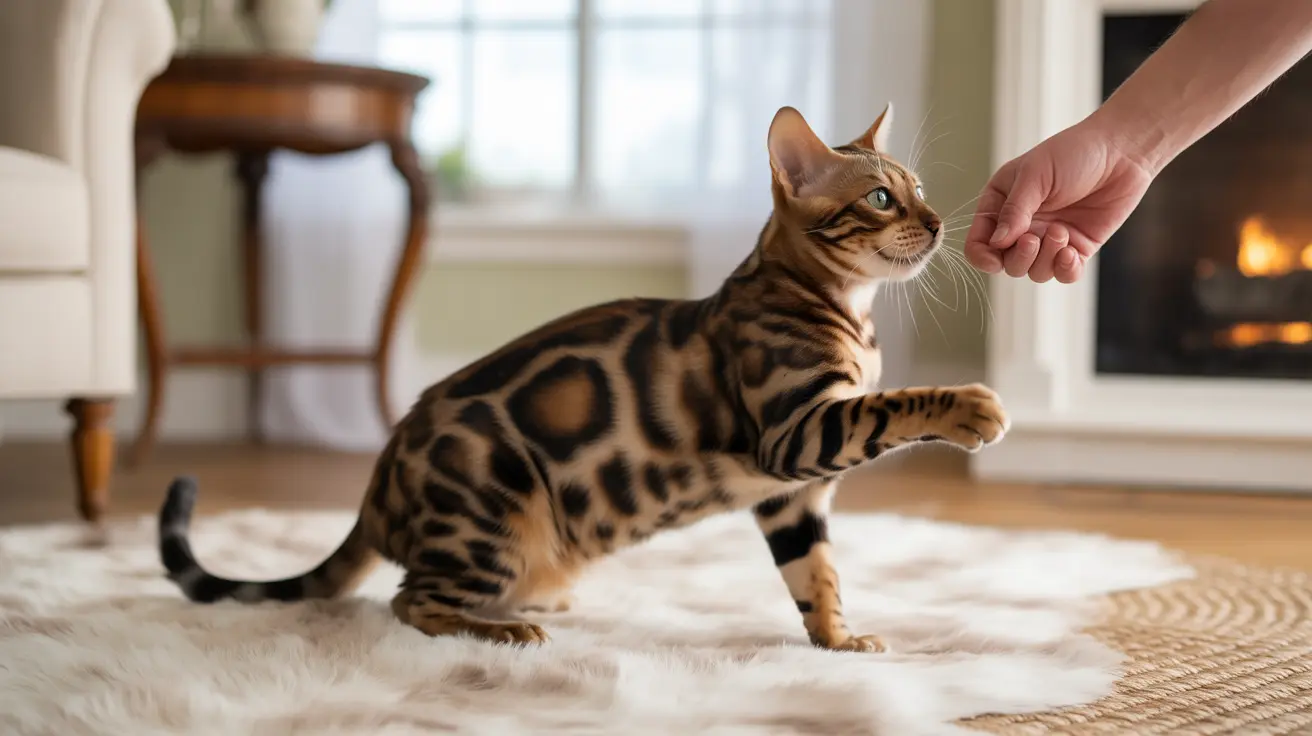Understanding Cat Whiskers: Nature's Advanced Sensory System
Cat whiskers, scientifically known as vibrissae, are specialized sensory organs that extend far beyond their visible appearance. Each whisker is connected to highly sensitive nerves that send detailed information directly to your cat's brain. Unlike regular fur, whiskers are rooted three times deeper in the skin and are equipped with sophisticated sensory organs called proprioceptors at their tips.
A typical cat has approximately 24 whiskers arranged in four neat rows on each cheek, with additional whiskers above their eyes, along their jawline, and even on their forelegs. This extensive network serves as a crucial navigation and spatial awareness system.
Why Cats Dislike Whisker Contact
Most cats show clear discomfort when their whiskers are touched because these sensory organs are extremely sensitive. Think of whiskers as being as sensitive as human fingertips – now imagine someone constantly touching or pulling on your fingertips. This comparison helps explain why cats often react negatively to whisker contact.
- Immediate flinching or backing away
- Swatting at the hand
- Showing signs of stress or anxiety
- Flattening ears or exhibiting defensive postures
The Critical Functions of Feline Whiskers
Understanding why cats protect their whiskers becomes clearer when we examine their essential functions:
- Spatial Awareness: Whiskers help cats determine if they can fit through tight spaces, as they're typically the width of the cat's body.
- Navigation: In low-light conditions, whiskers detect air currents and nearby objects, allowing cats to move confidently in the dark.
- Balance: The proprioceptors in whiskers help cats maintain perfect balance and body awareness.
- Emotional Expression: Whisker position can indicate a cat's emotional state, from relaxed to anxious or excited.
Whisker Fatigue and Stress
Even without direct touching, cats can experience whisker fatigue – a condition where their sensitive whiskers become overstimulated from repeated contact with objects like food bowls. This can lead to stress and behavioral changes, including reluctance to eat from certain dishes or showing signs of anxiety during feeding time.
Best Practices for Cat Interaction
To keep your cat comfortable and maintain trust, follow these guidelines:
- Focus petting on the head, chin, and back areas
- Avoid deliberate whisker contact
- Use wide, shallow food and water bowls
- Never trim or pull whiskers
- Watch for signs of discomfort during interaction
Frequently Asked Questions
Why don't most cats like having their whiskers touched?
Cats dislike whisker touching because these organs are packed with sensitive nerves that can easily become overstimulated. The sensation can be uncomfortable or even painful, similar to having someone repeatedly poke your sensitive fingertips.
How sensitive are cat whiskers and why is touching them uncomfortable for cats?
Cat whiskers are extremely sensitive, containing dense clusters of nerves at their base. Each whisker functions as a sophisticated sensory organ, making them significantly more sensitive than regular fur and capable of detecting the slightest touch or air movement.
Can touching a cat's whiskers cause whisker fatigue or stress?
Yes, touching or manipulating whiskers can cause whisker fatigue and stress. This overstimulation can lead to behavioral changes, anxiety, and discomfort in cats.
What are the safest ways to pet a cat without bothering their whiskers?
Focus on petting the top of the head, behind the ears, under the chin, and along the back. These are typically preferred spots that avoid whisker contact while still providing enjoyable interaction for your cat.
How do whiskers help cats navigate and why is it important not to cut or pull them?
Whiskers are crucial for spatial awareness, balance, and navigation, especially in dark or tight spaces. Cutting or pulling whiskers can disorient cats and impair their ability to judge distances and move safely through their environment.
Conclusion
Respecting your cat's whiskers is crucial for their well-being and comfort. While these remarkable sensory organs might tempt curious pet owners, it's best to admire them from a distance and focus your affection on areas your cat truly enjoys being touched. Understanding and honoring your cat's sensitivities will help build a stronger, more trusting relationship with your feline friend.






